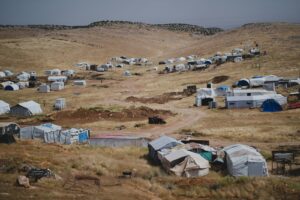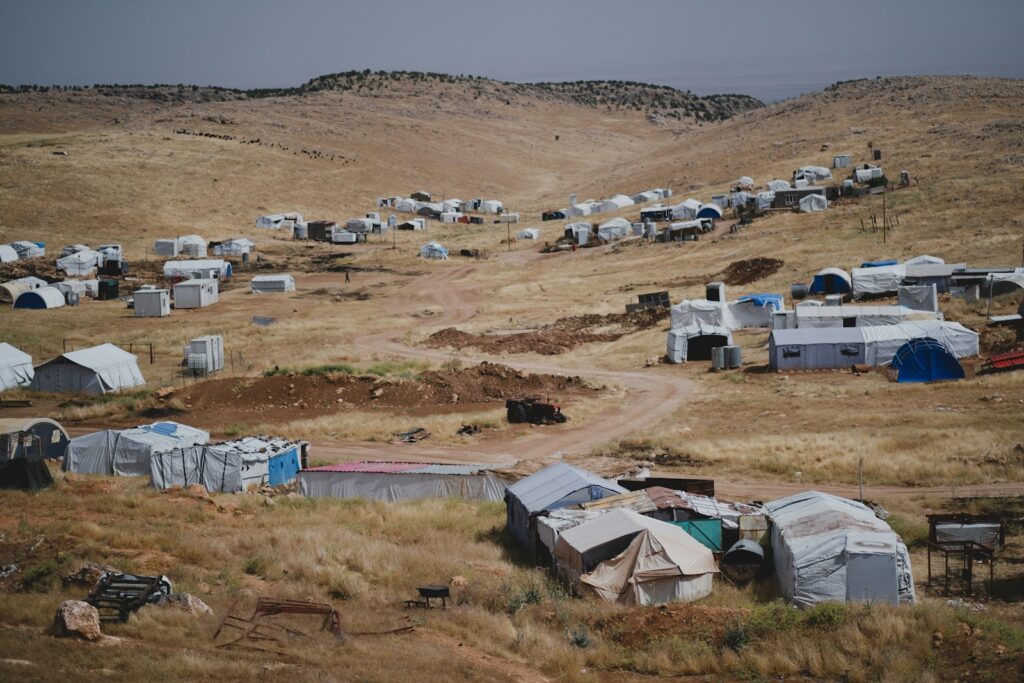Introduction
India and Bangladesh—two neighboring countries with a shared history, yet distinct in their cultural identities. From cricket to cuisine, the India vs Bangladesh narrative is one that intrigues and fascinates. But what lies beneath the surface of this dynamic relationship? Let’s take a closer look.
A Shared History
- Partition and Independence: Both nations have their roots in the British colonial era. The partition of India in 1947 didn’t just create India and Pakistan—it sowed the seeds for Bangladesh’s eventual independence in 1971.
- The Liberation War: Bangladesh’s struggle for independence from Pakistan involved significant support from India. The 1971 war is a pivotal chapter in the India vs Bangladesh story.
Cultural Tapestry
Although they share a border, the cultural nuances between India and Bangladesh are profound.
- Languages: Bengali is spoken in both West Bengal (India) and Bangladesh, yet the dialects and expressions have unique local flavors.
- Festivals: Both countries celebrate Durga Puja with zeal, but the traditions and customs can vary widely.
- Cuisine: While both nations boast rich culinary traditions, Bangladesh’s Hilsa fish curry or India’s spicy biryanis are distinctly their own.
The Cricket Rivalry
Ah, cricket! The sport that’s more than just a game in this part of the world. When it comes to India vs Bangladesh on the cricket field, emotions run high.
- Memorable Matches: Who can forget the nail-biting finishes and the crowd’s electric energy? These matches are more than mere games; they’re a matter of national pride.
- Emerging Talents: Both countries have produced cricketing legends and continue to nurture young talents who make waves internationally.
Economic Ties
While rivalry often takes the spotlight, cooperation is the unsung hero in this relationship.
- Trade: India is one of Bangladesh’s largest trading partners. The bilateral trade includes textiles, pharmaceuticals, and agricultural products.
- Infrastructure Projects: Collaborative projects like the Padma Bridge and power-sharing agreements highlight the economic interdependence.
Political Dynamics
Navigating the political landscape between these two nations is akin to walking a tightrope.
- Border Issues: Despite shared interests, border disputes occasionally strain relations.
- Diplomatic Engagements: Regular dialogues and summits help manage tensions and foster cooperation.
The Future of India vs Bangladesh
What does the future hold for these two South Asian giants? With rapid development and globalization, the potential for collaboration is immense.
- Technology and Innovation: Collaborations in IT and tech can pave the way for groundbreaking achievements.
- Climate Change: Both countries face environmental challenges that demand joint initiatives and solutions.
FAQs
- What are the main differences between India and Bangladesh?
- While they share historical roots, India and Bangladesh differ in language dialects, cuisines, political structures, and cultural practices.
- How has cricket influenced the India vs Bangladesh relationship?
- Cricket has significantly impacted national pride and relations, with intense matches fostering both competition and camaraderie.
- What are the major economic ties between the two countries?
- Key economic ties include trade in textiles, pharmaceuticals, and joint infrastructure projects like power sharing and the Padma Bridge.
Conclusion
The India vs Bangladesh relationship is one of complexity and nuance—a blend of shared history, vibrant cultures, and spirited rivalry. While competition often grabs headlines, cooperation is the backbone of their dynamic partnership. As they march into the future, the potential for collaboration and mutual growth is boundless.
For those interested in how cultural dynamics can impact health and lifestyle, check out Kate Middleton’s Health for a fascinating read.
Additionally, if you want to learn more about the geopolitical aspects of South Asia, visit BBC News – South Asia.









